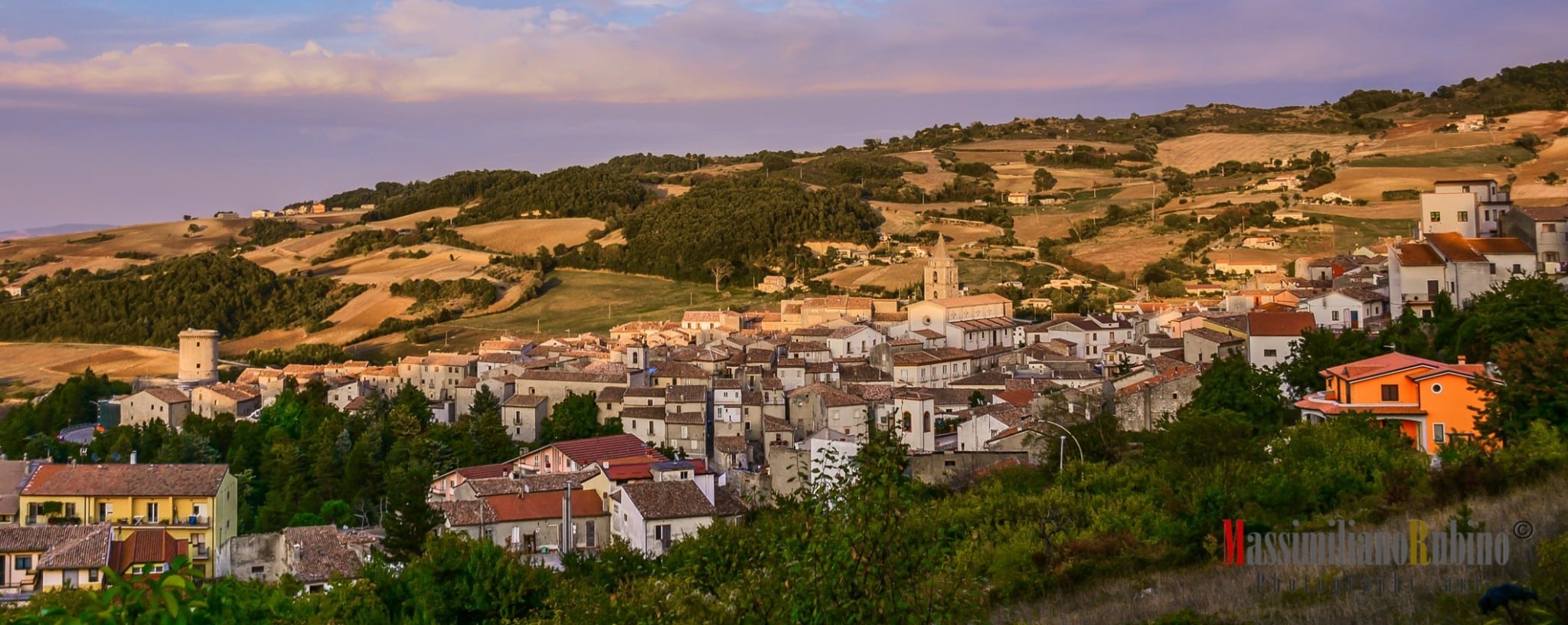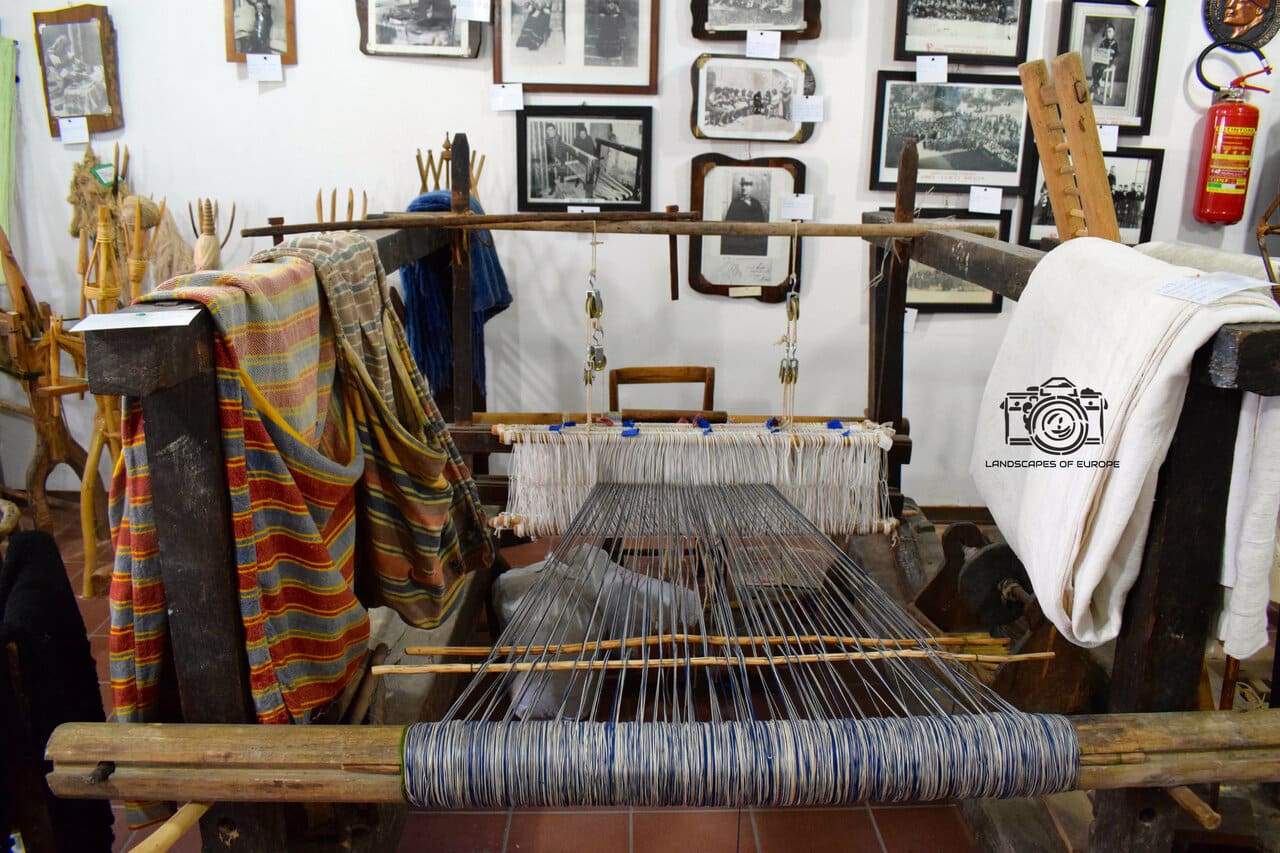The ancient Magazeno is located in the highest point of the plane of the Court: composed of two floors, the part on the ground floor is in cut stone with two arched openings, each respectively gives access to two compartments that compose the internal space. On the upper floor, in bricks with four openings to all sixth, is reached thanks to an external staircase. The arches overlook a gallery, supported by two arches below, which enhance and at the same time enhance the architectural complex in its completeness. Currently on the bottom floor of the Magazeno there is the Museum of Arts and Popular Traditions of riccia. These, is inaugurated in May of 1997 as a result of the work carried out by the Cultural Association “Time and Memory”, research and restoration of numerous pieces (more than 400) present today on the ground floor of the old “Magazeno”, a site in the ancient medieval village of Plan of the Court.
In the museum you can admire several tools used by the most ancient wise and experienced generations of the inhabited area such as “u Paleméne”, a dug in the local stone inside which was crushed grapes for wine, or “u Muttille”, dating back to 1700, and cioèun wooden funnel, or even the frames of 1800 for the weaving of wool of canvas and carpets for home. In recent times the Museum was enriched even the first wooden plow, of 1700, a wedding dress peasant of end ‘800, of a gown by night worked with frames of early ‘900, but also of musical instruments such as trumpets and trombones, always at the end of the nineteenth century, of a balance from emporio with all the drawings of the era for the salt of early ‘900.
“Strizzoqul U”, name almost impossible to say, was instead a game for children which consisted in one scoppietto for compressed air in elder with shots of hemp, and certainly appreciate all the tools for the shoemaker of the first years ’20, with the “Manual of the Shoemaker Uric” of 1929, a pair of shoes with nails, the famous “centrelli” of 1920, a bascuglia to weigh the calves, a bottle of artisan gaseous of 1930, a telegraph of 1914, “a tremmaie”, units of measure for the grain with the relative muzetti from 22 kilograms each, and finally a mortar of 1915 for the preparation of gunpowder. Present in the museum also one of wooden windows of the ancient medieval tower.
Timetable from May to October: 9 – 18.30.
Free entrance.



